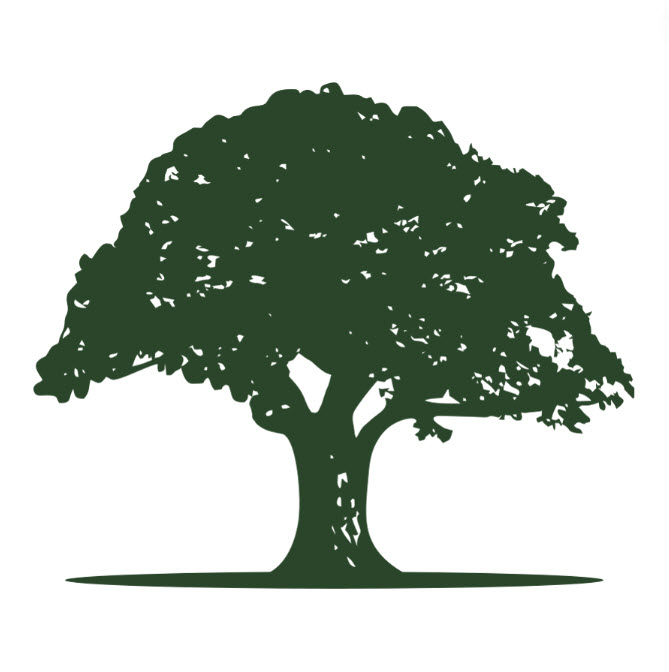Commercial vs Residential
Trees are more than just aesthetic additions to your property; they provide shade, enhance air quality, and contribute to a healthy ecosystem. However, their maintenance requires specialized care. Both residential and commercial tree services are essential for ensuring the health and safety of trees, whether they’re in your backyard or surrounding a commercial building. This article explores the different aspects of tree services, focusing on residential and commercial tree care, including the vital process of tree removal and costs.
Residential Tree Service
Residential tree service encompasses a range of activities designed to maintain the health, safety, and appearance of trees in private properties. Homeowners often rely on these services to preserve the beauty of their landscape and to protect their homes from potential hazards. Key components of residential tree service include:
- Tree Pruning and Trimming: Pruning is essential for removing dead or diseased branches, which can spread disease to the rest of the tree. Trimming, meanwhile, helps shape the tree and remove overgrown branches that could pose a risk to your home or yard.
- Tree Health Assessment: Arborists provide expert evaluations of tree health, identifying issues like disease, pests, or structural problems. Early detection and intervention can save a tree from decline, potentially avoiding the need for removal.
- Emergency Tree Services: Natural events such as storms or high winds can cause significant damage to trees. Emergency tree services offer prompt assistance in cases where trees have fallen or are at risk of falling, protecting your home and family from harm.
- Tree Planting and Transplanting: Proper tree planting is crucial for long-term growth and health. Arborists can recommend the best tree species for your property, considering factors like soil type, climate, and available space. They also ensure that trees are planted or transplanted correctly.
Residential Tree Removal
At times, it becomes necessary to remove a tree from residential property. This might be due to disease, storm damage, or the need to clear space for new landscaping. Residential tree removal is a complex task that should only be performed by professionals. Key considerations include:
- Safety: Tree removal is dangerous, especially for large trees or those close to structures. Professional arborists use specialized equipment and techniques to safely remove trees, minimizing the risk of injury or damage.
- Environmental Considerations: Arborists can assess whether a tree truly needs to be removed or if alternative solutions, like pruning or cabling, can preserve the tree. When removal is necessary, they ensure that the process is environmentally responsible, often recycling the wood or replanting in another area.
- Permits and Regulations: In many areas, removing certain trees requires a permit. Arborists are familiar with local regulations and can handle the permitting process, ensuring that the removal complies with all legal requirements.
Commercial Tree Service
Commercial tree service applies similar principles to larger properties like office parks, shopping centers, and public spaces. These services are vital for maintaining the safety, functionality, and appearance of commercial landscapes. Essential elements of commercial tree service include:
- Landscape Maintenance: The visual appeal of a commercial property is crucial for making a positive impression. Well-maintained trees enhance the overall aesthetic, attracting customers and contributing to a professional image. Regular pruning, trimming, and health assessments are necessary to keep trees healthy and visually appealing.
- Safety and Liability Management: In commercial environments, ensuring the safety of employees, customers, and visitors is a top priority. Overgrown, diseased, or structurally unsound trees can pose significant risks. Commercial tree services include regular inspections and preventive maintenance to avoid accidents.
- Tree Inventory and Management Plans: Managing multiple trees across a large commercial property requires a strategic approach. Tree service providers can create an inventory and management plan, identifying high-risk trees, scheduling regular maintenance, and budgeting for future needs.
- Storm Preparedness and Response: Just like residential properties, commercial properties are vulnerable to storm damage. Having a plan in place for storm response is essential. Commercial tree services can help businesses prepare for storms by pruning vulnerable trees and providing emergency services when needed.
Commercial Tree Removal
Commercial tree removal often involves larger trees and more complex logistics compared to residential tree removal. Important aspects of commercial tree removal include:
- Planning and Coordination: Removing trees from a commercial property requires careful planning to minimize disruptions to business operations and the surrounding community. Coordination with property managers and local authorities is often necessary to ensure a smooth process.
- Specialized Equipment and Expertise: Large-scale tree removal may require the use of cranes, bucket trucks, and wood chippers. Professional tree service companies have the equipment and expertise to handle these tasks safely and efficiently.
- Site Cleanup and Restoration: After a tree is removed, the site must be cleaned and restored to maintain the property’s appearance. This may include stump grinding, soil replacement, and replanting. Commercial tree service providers ensure that the site is left in pristine condition.
- Regulatory Compliance: Commercial properties are subject to stricter regulations regarding tree removal, especially in urban areas. Arborists can navigate these regulations, obtaining the necessary permits and ensuring compliance throughout the removal process.
Choosing the Right Tree Service Provider
Selecting the right tree service provider is crucial for ensuring that your trees receive the best possible care. Whether for residential or commercial properties, consider the following factors:
- Credentials and Experience: Look for a provider with certified arborists who have experience in both residential and commercial tree care. Certifications from reputable organizations like the International Society of Arboriculture (ISA) are a good indicator of professionalism.
- Insurance: Ensure that the provider has comprehensive insurance coverage, including liability and workers’ compensation. This protects you from potential liabilities in case of accidents during the service.
- Reputation: Check online reviews and ask for references to gauge the provider’s reputation. A company with a history of satisfied customers is more likely to deliver quality service.
- Range of Services: Choose a provider that offers a full range of tree services, from pruning and trimming to removal and emergency care. This ensures that all your tree care needs can be met by a single, trusted company.
Conclusion
Trees are invaluable assets to both residential and commercial properties. They provide beauty, shade, and environmental benefits that enhance the quality of life. However, maintaining them requires professional tree services that ensure their health, safety, and aesthetic appeal. Whether you need residential tree services to keep your home’s landscape in top shape or commercial tree services to maintain a safe and attractive business environment, choosing the right provider is essential. Understanding the various aspects of tree care, including tree removal, will help you make informed decisions that benefit your property and the environment. For more information, go to our services.

